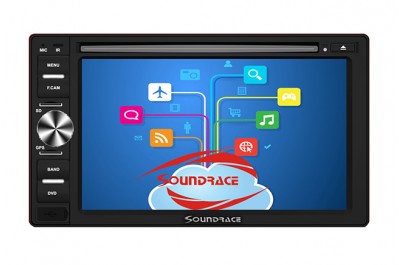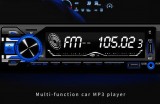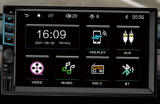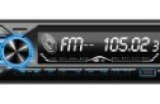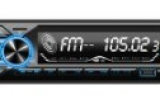Talking about the basic principle of car navigation
The 24 GPS satellites orbit the Earth in a 12-hour period at an altitude of 12,000 kilometers from the ground, allowing more than four satellites to be observed simultaneously at any point on the ground at any time. Since the position of the satellite is accurate, in the GPS observation, we can get the distance from the satellite to the receiver. Using the distance formula in the three-dimensional coordinates, using three satellites, we can form three equations and solve the position of the observation point (X , Y, Z). Considering the error between the satellite clock and the receiver clock, there are actually four unknowns, X, Y, Z and clock difference. Therefore, it is necessary to introduce the fourth satellite to form four equations to solve the problem. Latitude and longitude and elevation. In fact, the receiver can often lock more than 4 satellites. In this case, the receiver can be divided into groups according to the constellation distribution of the satellites, each group of 4, and then the algorithm selects the group with the smallest error for positioning. Improve accuracy. Due to the satellite orbit, satellite clock error, the influence of the atmospheric troposphere and ionosphere on the signal, and the artificial SA protection policy, the positioning accuracy of civilian GPS is only 100 meters. In order to improve the positioning accuracy, differential GPS (DGPS) technology is generally used to establish a base station (differential station) for GPS observation, and the known base station accurate coordinates are used to compare with the observed values to obtain a correction number and release it. . After receiving the correction number, the receiver compares with its own observations and eliminates most of the errors to obtain a more accurate position. Experiments show that with differential GPS, the positioning accuracy can be increased to 5 meters.
The vehicle navigation system is mainly composed of a navigation host and a navigation display terminal. The built-in GPS antenna receives data from at least three of the 24 GPS satellites orbiting the Earth to determine where the car is currently located. The navigation host can determine the exact position of the car in the electronic map by matching the position coordinates determined by the GPS satellite signals with the electronic map data. On this basis, it will realize various functions such as driving navigation, route recommendation, information inquiry, and playing AV/TV. The driver can easily drive the car by simply watching the screen on the display, listening to the voice prompts, and manipulating the remote control in the hand.
